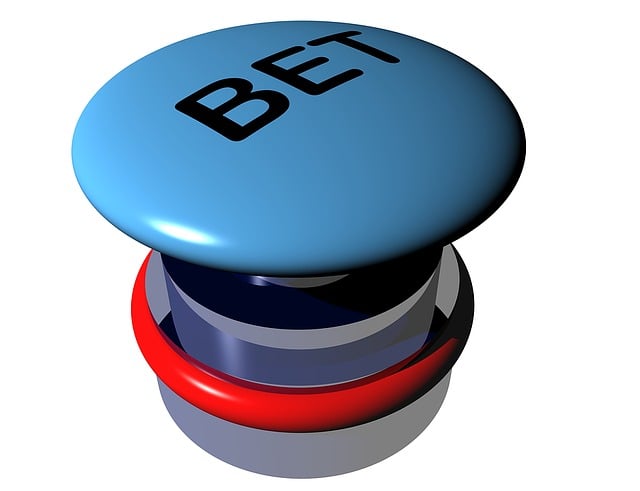Sports betting is an exciting activity enjoyed by people worldwide. However, to bet successfully, it is crucial to understand betting odds and how they work.
Odds are the foundation of sports betting, as they help you assess the likelihood of an outcome and calculate your potential winnings.
This guide will walk you through the fundamentals of betting odds, giving you the confidence to place informed bets.
Introduction to Sports Betting & Odds
Sports betting is a global phenomenon, engaging people from all walks of life. However, at the core of this thrilling pastime are betting odds – the numbers you often see next to team names and player statistics.
Odds are more than just numbers—they are the language of probability and potential payouts. They represent the likelihood of an event occurring and are a key tool for bettors.
Regardless of the sport—football, basketball, tennis, or horse racing—odds determine betting decisions and influence strategies.
Types of Betting Odds
Betting odds can appear in different formats, each expressing probability and payout calculations differently.
The three most common types of betting odds are:
Decimal Odds
Decimal odds are the most widely used format worldwide, especially in Europe and Australia.
How Decimal Odds Work:
- They are represented as a single decimal number (e.g., 2.50).
- They include your stake in the total payout calculation.
- The formula for calculating winnings:
Winnings = Stake × Decimal Odds
Example
Fractional Odds
Fractional odds are commonly used in the UK and are expressed as fractions (e.g., 5/2).
How Fractional Odds Work
- The first number (numerator) represents potential profit.
- The second number (denominator) represents the stake required to win that amount.
- The formula for calculating winnings:
Winnings = (Numerator / Denominator) × Stake
Example
American Odds
How American Odds Work:
- Positive odds show how much you win on a $100 bet.
- Negative odds show how much you need to bet to win $100.
Example 1: Positive Odds (+200)
Example 2: Negative Odds (-150)
Probability & Odds
Understanding how odds relate to probability is key to making smarter betting decisions.
Odds & Probability Formula:
📌 Probability (%) = (1 / Decimal Odds) × 100
Example:
Being able to convert odds into probability helps in assessing risk and rewards effectively.
How to Interpret Odds?
Comparing Odds Across Events:
- If a football team has 1.50 odds, they are highly favored to win.
- If another team has 5.00 odds, they are less likely to win, but the payout is higher if they do.
Smart bettors analyze odds carefully to find valuable betting opportunities.
Positive & Negative Odds Explained
Understanding positive and negative odds helps in evaluating risk & potential payouts.
✅ Positive Odds (+) – Underdogs
- Represent high-risk, high-reward bets.
- Example: +300 means you win $300 on a $100 bet.
❌ Negative Odds (-) – Favorites
- Represent low-risk, low-reward bets.
- Example: -150 means you must bet $150 to win $100.
Betting on favorites is safer, while betting on underdogs has higher risk but bigger rewards.
How to Calculate Payouts Based on Odds
Example: +200 odds, $60 bet → Payout = $180
Odds Movement & Market Trends
Example
If a favorite’s odds drop from 1.80 to 1.50, it suggests high public confidence in their victory.
Tracking odds movement provides valuable insights into betting markets.
Conclusion
Understanding betting odds is essential for making informed bets.
By mastering odds interpretation & betting strategies, you can improve your success in sports betting while making responsible gambling decisions. 🎯

